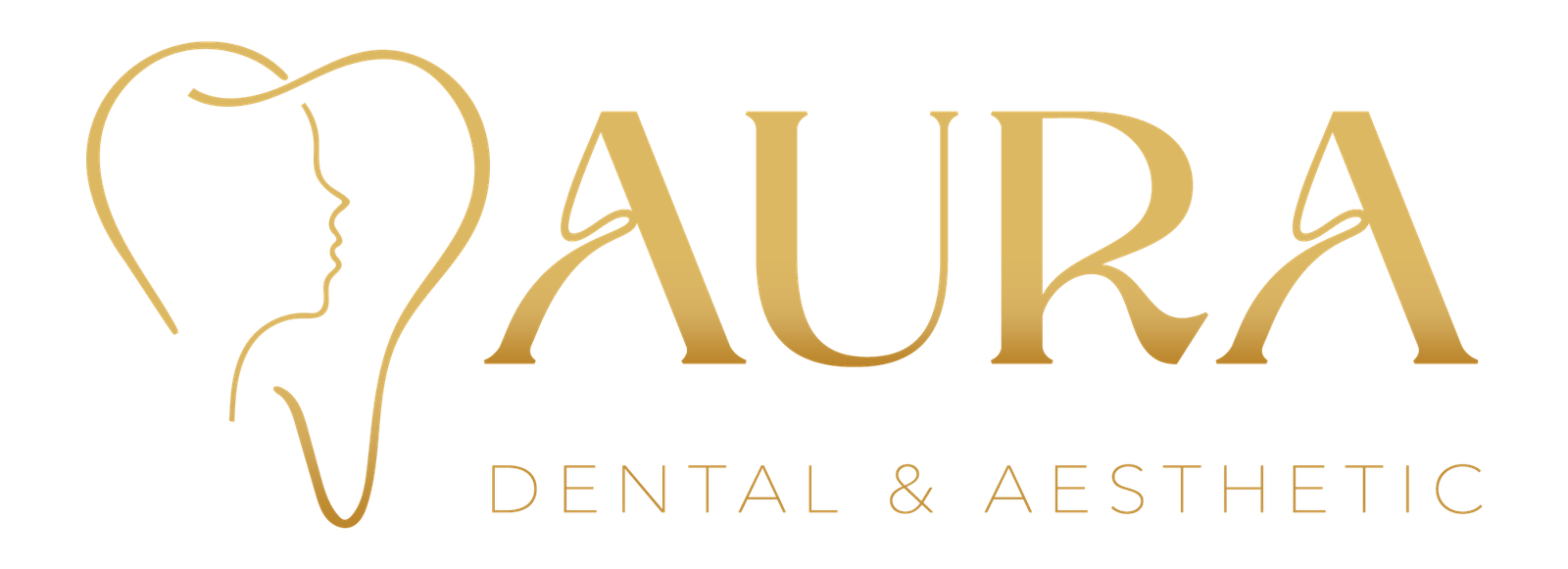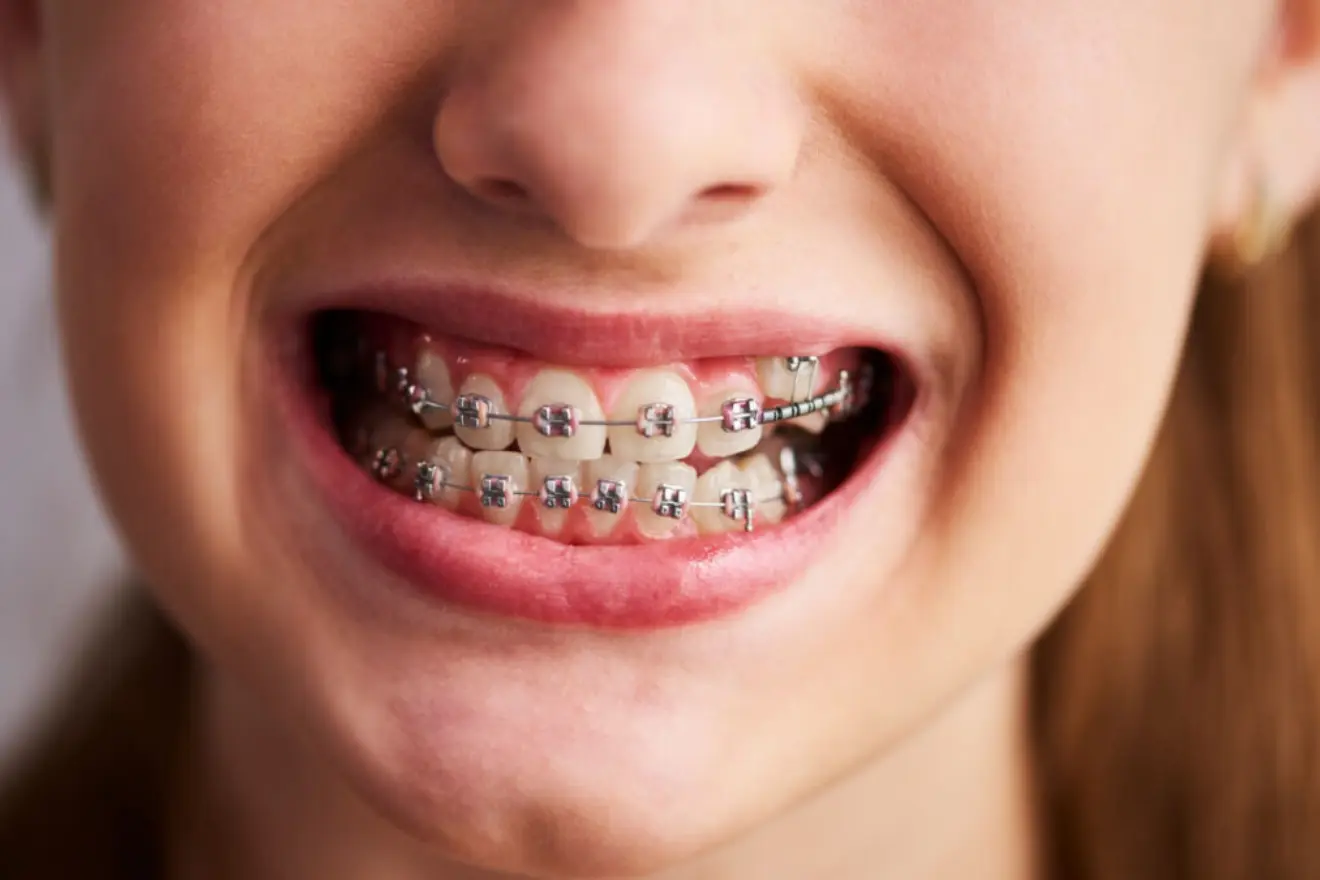Choosing the right type of braces starts with understanding your options and the cost involved. Orthodontic technology has come a long way from early wire bands in the 18th century to today’s digitally designed and highly discreet solutions. From traditional metal braces to invisible aligners, modern orthodontics offers a wide range of treatments to fit different needs and budgets in Pakistan.
What Are Braces?
Braces are orthodontic devices designed to align and straighten teeth and correct bite issues. Originating from ancient techniques, modern braces have advanced to offer improved aesthetics, comfort, and functionality. Today, people of all ages pursue orthodontic treatment for a better smile and enhanced dental health.
Types of Braces
This guide explains the 8 most common types of braces and their prices in Pakistan to help you make a smart and confident decision.
Metal Braces
Traditional metal braces are the most affordable and widely used option in Pakistan. They use stainless steel brackets and wires to treat severe alignment and bite issues over time effectively. The Average cost of an Traditional metal braces treatment goes from PKR 120,000 to PKR 200,000 in Pakistan.
Benefits:
- Highly effective for complex dental corrections
- Cost-effective orthodontic solution
- Durable and long-lasting
- Suitable for kids, teens, and adults

Ceramic Braces
Ceramic braces feature clear or tooth-colored brackets that blend with your teeth, offering a more discreet look while delivering similar results to metal braces. Ceramic braces in Pakistan typically cost between PKR 150,000 and PKR 250,000, depending on the clinic and treatment complexity.
Benefits:
- Less noticeable than metal braces
- Ideal for image-conscious teens and adults
- Treats moderate to complex alignment issues
- Stain-resistant with proper care

Lingual Braces
Lingual braces are attached behind the teeth, keeping them hidden from view. They work similarly to metal braces but are customized for each patient’s dental structure. In Pakistan, the usual price range for Lingual braces treatment falls between PKR 160,000 to PKR 220,000.
Benefits:
- Completely invisible from the front
- Customized fit for each patient
- Effective for moderate to complex cases
- Great option for professionals and adults

Self-Ligating Braces
Self-ligating braces use special clips instead of rubber bands to hold the wire. This reduces friction, makes cleaning easier, and can lead to shorter treatment times. The cost of getting Self-ligating braces in Pakistan usually starts at PKR 130,000 and can go up to PKR 200,000.
Features:
- Fewer orthodontic visits required
- Easier to clean than traditional braces
- Faster and more comfortable tooth movement
- Available in metal and ceramic options

Invisalign (Clear Aligners)
Clear aligners like Invisalign are transparent trays custom-made to shift your teeth gently. Removable and virtually invisible, making them ideal for adults and teens. Patients in Pakistan can expect to pay around PKR 140,000 to PKR 160,000 for Clear aligners braces, depending on their dental needs.
Benefits:
- Removable for eating and brushing
- Nearly invisible when worn
- Comfortable and wire-free
- Minimal clinic visits required

Gold Braces
Gold braces are similar to traditional metal braces but come with gold-plated brackets and wires, combining effective treatment with a luxurious look. In Pakistan, gold braces are less popular because they cost more and offer limited efficiency compared to modern alternatives.
Benefits:
- Unique, aesthetic appeal
- As effective as metal braces
- Hypoallergenic for sensitive patients
- Adds a stylish touch to orthodontics

Damon Braces
Damon braces are a modern version of self-ligating braces, offering quicker results with less discomfort. They apply a low-friction force for smoother tooth movement. Due to their high price and lower practicality, damon braces are not widely preferred in Pakistan.
Benefits:
- Quicker treatment in some cases
- No need for elastic bands
- Fewer extractions may be required.
- Improved comfort and oral hygiene

Sapphire Braces
Sapphire braces use clear, crystalline brackets that are nearly invisible. They’re stronger than ceramic and offer a more aesthetic solution for teens and adults. Sapphire braces are rarely chosen in Pakistan as they are expensive and not as effective as other options.
Benefits:
- High transparency for discreet treatment
- Stain-resistant and smooth brackets
- Durable material prevents breakage.
- Ideal for aesthetic-focused patients
Choosing the Right Braces for Your Needs
Selecting the right type of braces depends on various factors like age, lifestyle, dental condition, and budget. Consulting a qualified orthodontist ensures the most suitable option tailored to your unique needs. Each type of braces offers a distinct balance between cost, comfort, and appearance
Summary Table: Braces Cost in Pakistan
| Type of Braces | Average Cost Range (PKR) |
| Metal Braces | 120,000 – 200,000 |
| Ceramic Braces | 150,000 – 250,000 |
| Lingual Braces | 160,000 – 220,000 |
| Invisalign | 140,000 – 160,000 |
| Self-Ligating | 130,000 – 200,000 |
Final Thoughts
Getting braces is a life-changing investment in your dental health and appearance. Orthodontic treatment is an investment in long-term oral health and confidence. Understanding eight types of braces and their approximate cost in Pakistan empowers you to discuss options with your orthodontist.
Whether you prioritize affordability, aesthetics, or comfort, there’s a suitable solution from traditional metal braces to advanced clear aligners. Schedule a professional consultation to evaluate your unique needs and embark on a smile transformation journey with clarity on treatment scope and budget.
FAQs
Q1. Which braces are the most affordable in Pakistan?
Metal braces are the most cost-effective and widely chosen option.
Q2. How long does treatment usually last?
Depending on the case, treatment typically spans 12 to 24 months.
Q3. What age is best for getting braces?
The optimal period for orthodontic treatment with braces is typically during early adolescence, most commonly between ages 10 and 14, while the jaw is still developing.
Q4. Why are braces used?
Braces effectively correct misaligned teeth, resolve improper bite patterns (like overbites, underbites, and crossbites), and improve dental aesthetics.

